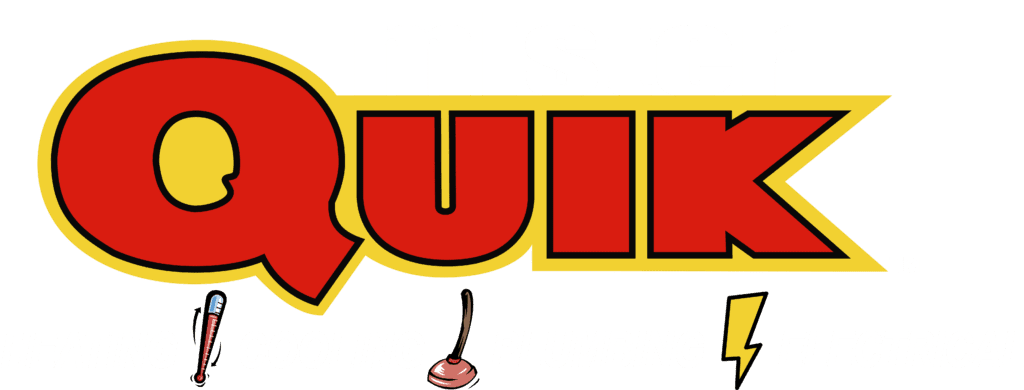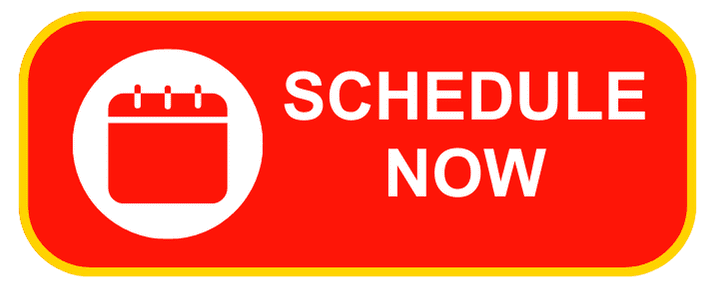Here when you need us!
Poor indoor air quality can manifest through various symptoms, including respiratory issues such as coughing, sneezing, and shortness of breath. Individuals may experience irritation of the eyes, nose, or throat, as well as headaches and fatigue. Poor indoor air quality can also exacerbate allergies and asthma. Unpleasant odors, visible mold growth, or excessive dust accumulation are additional indicators. If occupants notice a correlation between these symptoms and time spent indoors, it may be an indication of compromised indoor air quality, necessitating improvements in ventilation, air filtration, or other indoor environmental factors.
Rewiring a house is a complex task that requires specialized knowledge and skills in electrical work. It is not recommended for individuals without proper training and experience to attempt rewiring their house themselves. Electrical work involves various safety considerations, adherence to building codes, and the potential for serious hazards if not done correctly. Hiring a licensed and qualified electrician is crucial to ensure the work is performed safely and meets all regulatory standards. Attempting to rewire a house without the necessary expertise can lead to electrical issues, fire hazards, and compromise the overall safety of the home.
You can identify potential pipe burst risks by looking for signs such as unusual sounds like banging or whistling, decreased water pressure, visible leaks, discolored water, or frost on exposed pipes. Additionally, if your water bill spikes unexpectedly, it could indicate a hidden leak. Cold weather increases the risk, as frozen pipes may lead to pressure buildup and eventual bursting. Keep an eye on these indicators, and if you notice any, it’s crucial to address the issue promptly by seeking professional assistance to prevent potential pipe bursts and water damage.
You can determine if a sewer line needs replacement by observing signs such as persistent sewer backups, slow drainage, foul odors, and soggy patches in the yard. If you notice gurgling sounds in the drains, frequent clogs, or an increase in pests, it could indicate a sewer line issue. Additionally, a professional inspection, often using a camera, can reveal any damage, cracks, or blockages in the sewer line. If you experience multiple warning signs or suspect problems with your sewer line, it’s crucial to consult with a qualified plumber for a thorough assessment and potential replacement if necessary.
The cost of running an air conditioner (AC) or a heat pump depends on factors such as energy efficiency, local climate, and electricity rates. Generally, heat pumps are more energy-efficient for heating in moderate climates, as they transfer heat instead of generating it. However, in colder climates, especially during extreme cold temperatures, the efficiency of heat pumps may decrease, and traditional gas or electric heating systems could be more cost-effective. It’s essential to consider your specific circumstances and energy costs to determine whether running an AC or heat pump is cheaper in your particular situation.
Yes, an overflowing toilet is considered an emergency. It can lead to water damage, potential health hazards, and inconvenience. Prompt action is necessary to stop the overflow, prevent further damage, and address any underlying issues causing the problem. In such situations, it is advisable to turn off the water supply to the toilet, use a plunger to try and clear the blockage, and seek professional plumbing assistance if needed to avoid potential property damage and health risks.
Yes, air purifiers can be effective in improving indoor air quality by removing airborne particles such as dust, pollen, pet dander, and some pollutants. They use filters or other technologies like ionization to capture or neutralize particles. However, the effectiveness may vary depending on the specific purifier type, the size of the room, and the nature of the pollutants. While air purifiers can help reduce allergens and improve respiratory health, they may not eliminate all pollutants, such as gasses or certain volatile organic compounds. Choosing the right type of air purifier and maintaining it properly are crucial factors in achieving optimal results.
Old electrical wiring can vary in appearance, but common features include cloth or rubber insulation around conductors, a lack of grounding, and the absence of a ground wire. Additionally, older wiring systems might use knob-and-tube wiring, which consists of ceramic knobs for support and tubes to protect wires. The insulation on old wires may show signs of deterioration, such as crumbling or brittleness. Outdated electrical wiring might not meet modern safety standards, so if you encounter any signs of wear or outdated materials, it’s advisable to have the wiring inspected and upgraded by a qualified electrician to ensure safety and compliance with current electrical codes.
Air Conditioning
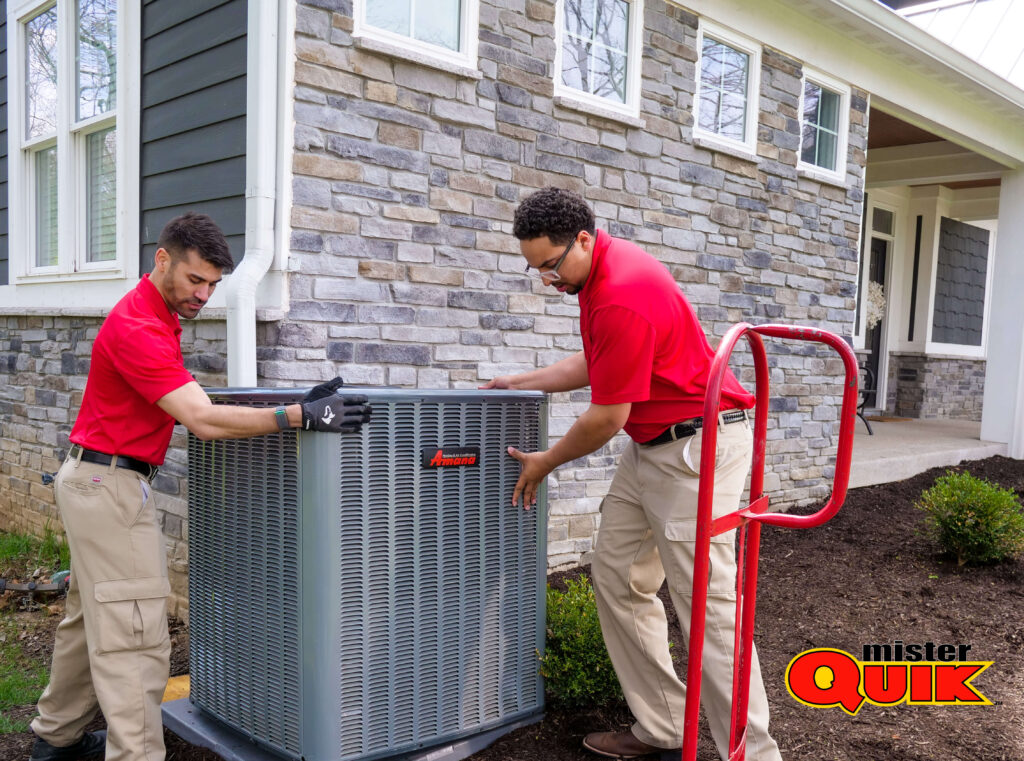
Air conditioning Service
Air Conditioning Service: Keeping Your Home Cool and Comfortable
Air conditioning service encompasses the professional maintenance, repair, and replacement of air conditioning systems. This service plays a crucial role in maintaining optimal performance and ensuring a comfortable, cool environment within your home during warm seasons.
Types of Air Conditioning Service:
- Preventative Maintenance: This regular check-up for your air conditioner involves a qualified technician performing various tasks, including:
- Inspecting the system for signs of wear and tear.
- Cleaning the condenser coils and other components.
- Checking the refrigerant level.
- Replacing the air filter.
- Testing the electrical components.
- Verifying efficient system operation.
- Repair: When your air conditioner malfunctions, a technician is required for repairs. Common repairs involve fixing refrigerant leaks, replacing faulty electrical components, and cleaning clogged condensate drains.
AC Cleaning Services near me
An AC maintenance cleaning is an important part of keeping your home’s cooling system running efficiently and effectively. Here’s what you can expect from a typical AC cleaning service:
- Inspection: The technician will start by inspecting your AC unit, both inside and out. They will look for any signs of damage or wear and tear, as well as any dirt or debris that may be clogging the system.
- Cleaning the Condenser Coils: The condenser coils are located on the outside unit of your AC. They are responsible for releasing heat from the refrigerant, so it’s important to keep them clean. The technician will use a brush and/or vacuum to remove any dirt or debris from the coils.
- Cleaning the Evaporator Coils: The evaporator coils are located on the inside unit of your AC. They are responsible for absorbing heat from the air in your home. The technician will use a similar process to clean the evaporator coils as they did for the condenser coils.
- Cleaning the Drain Line: The drain line carries condensate (water) away from your AC unit. If the drain line is clogged, it can cause water to back up and damage the system.
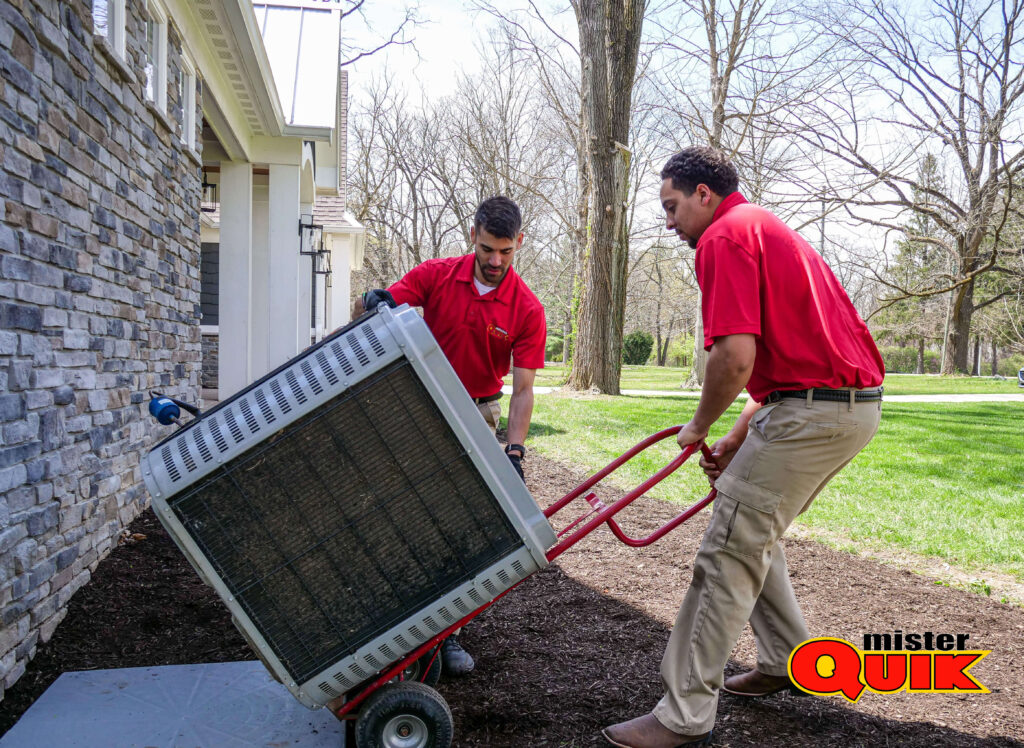
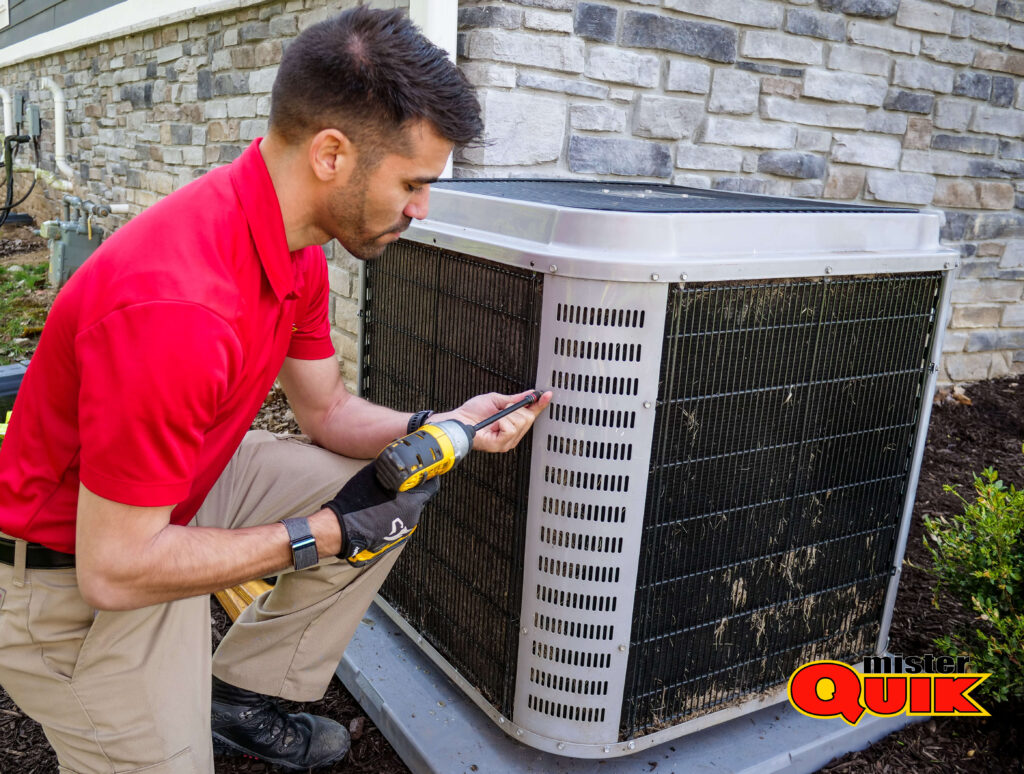
Air conditioning Installation - Indianapolis Home Services
Air conditioning installation involves the professional placement and setup of a new air conditioning system in your home. This process ensures your system functions optimally and delivers the desired cooling effect.
Here’s a breakdown of the typical air conditioning installation process:
- Pre-Installation:
- Consultation: A qualified technician assesses your home’s size, layout, and cooling requirements to recommend a suitable air conditioning system. They consider factors like insulation levels, sun exposure, and desired temperature range.
- Installation Day:
- System Removal (if applicable): If replacing an existing system, the technician carefully removes the old unit, ensuring proper disposal of refrigerants and components according to environmental regulations.
- Unit Placement: The indoor and outdoor units of the new system are positioned in designated locations. Typically, the indoor unit is mounted high on a wall, while the outdoor unit is placed on a pad outside the house, ensuring proper airflow and drainage.
AC Maintenance
Regular and proper AC maintenance is crucial for ensuring your air conditioning system operates efficiently, reliably, and delivers optimal cooling comfort throughout its lifespan. By proactively addressing potential issues, you can save money on energy bills, prevent costly repairs down the road, and breathe easier with improved indoor air quality.
- Filter Replacement:
- The air filter traps dust, allergens, and other airborne particles, preventing them from entering the system and compromising its performance.
- Replace the air filter monthly during peak cooling seasons and every 2-3 months during off-seasons.
- Choose air filters with the MERV rating recommended by your system’s manufacturer. Higher MERV ratings indicate better filtration but can also slightly reduce airflow.
- Cleaning the Unit:
- Regularly clean the outdoor unit to ensure proper airflow. Clear debris like leaves, twigs, and grass clippings from around the unit to prevent airflow obstruction.
- Gently brush the condenser coils with a soft brush to remove dust and dirt buildup. Avoid bending the delicate fins.
- Consult your owner’s manual for specific cleaning instructions and any components requiring professional cleaning.
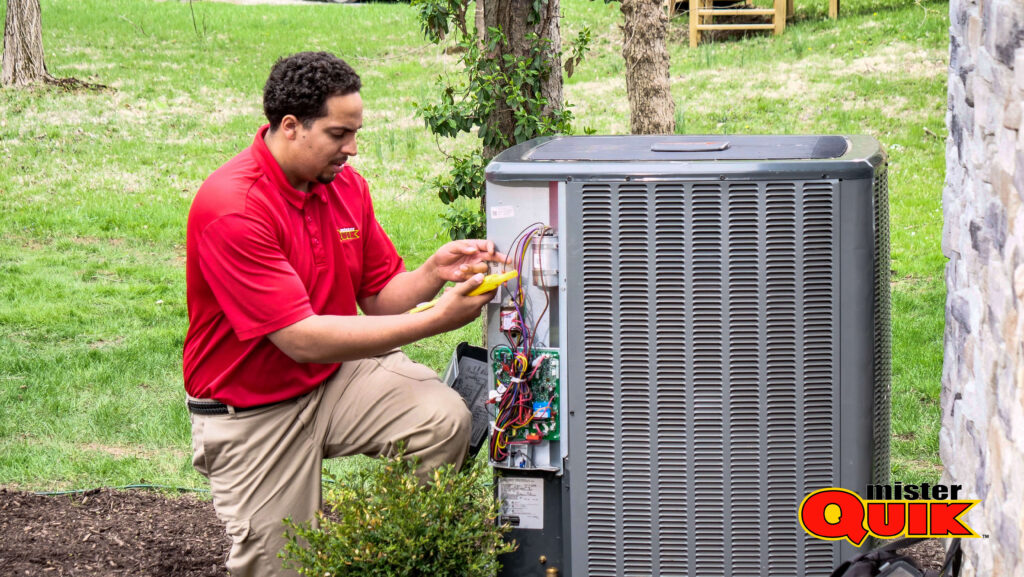
Indianapolis Heating
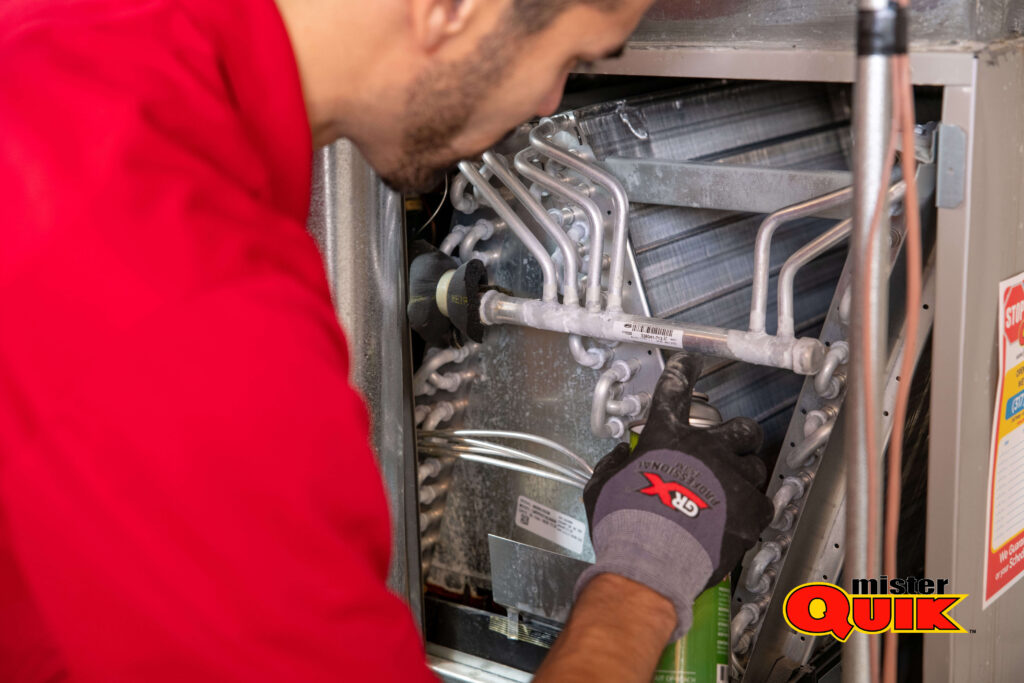
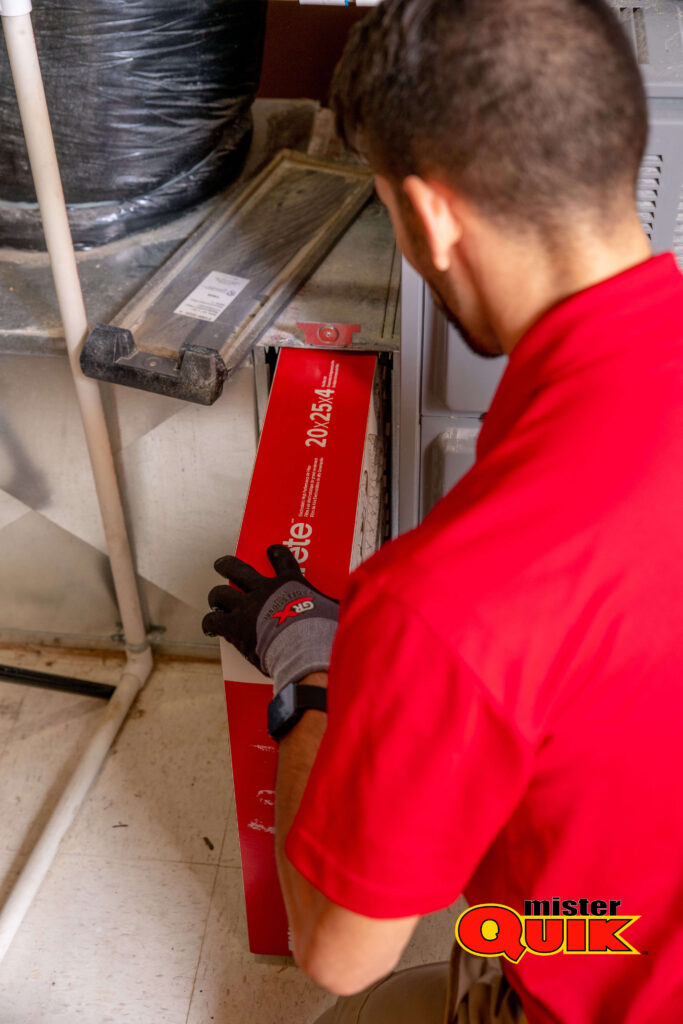

Furnace Repair - Indianapolis Home Services
A furnace repair addresses malfunctions within your home’s central heating system, specifically the furnace component. When your furnace experiences issues and fails to deliver adequate warmth, a qualified technician can diagnose the problem and perform the necessary repairs to restore its functionality.
Common Signs Requiring Furnace Repair:
- Lack of heat: This is the most obvious sign, indicating the furnace is not producing heat or struggling to maintain the desired temperature.
- Unusual noises: Loud banging, rattling, or other abnormal sounds coming from the furnace can signal potential component wear or malfunction.
- Strange smells: Burning odors or other unusual smells emanating from the furnace can be a warning sign of electrical issues or overheating components.
- Pilot light issues: In gas furnaces, a flickering or extinguished pilot light indicates a potential problem with the gas supply or ignition system.
- Increased energy bills: A noticeable rise in your heating bills, even with consistent usage patterns, might suggest reduced system efficiency due to underlying issues.
The Furnace Repair Process:
- Contacting a Technician: When facing furnace malfunctions, contact a licensed and insured heating, ventilation, and air conditioning (HVAC) technician. Explain the symptoms you’re experiencing to the technician.
- Diagnosis: Upon arrival, the technician will thoroughly examine your furnace, potentially including:
- Checking the thermostat settings and functionality.
- Inspecting the furnace visually for signs of damage or wear.
- Measuring electrical voltage and current.
- Testing gas pressure (in gas furnaces).
- Utilizing specialized tools and techniques to diagnose specific component malfunctions.
- Repair: Based on the diagnosis, the technician will recommend the necessary repairs. This might involve:
- Replacing faulty components like ignitors, burners, blower motors, or thermostats.
- Repairing electrical wiring or gas lines.
- Cleaning clogged components like burners or heat exchangers.
- Addressing ventilation issues.
- System Testing: After repairs are complete, the technician will thoroughly test the furnace to ensure proper operation, efficient heating output, and absence of leaks (gas furnaces).
- Cost Estimates: Reputable technicians typically provide cost estimates for the anticipated work before initiating repairs.
Furnace Filters
Furnace filters play a crucial role in maintaining optimal performance and indoor air quality within your home’s heating system. These filters trap dust, allergens, and other airborne particles before they can enter the furnace and circulate throughout your living space.
Benefits of Regularly Replacing Furnace Filters:
- Improved system efficiency: Clean filters allow for unrestricted airflow, enabling the furnace to function efficiently and potentially reducing energy bills.
- Enhanced indoor air quality: By trapping allergens and dust, clean filters contribute to cleaner and healthier air within your home.
- Reduced wear and tear: Clean filters prevent dust buildup on internal components, minimizing wear and tear and potentially extending the lifespan of your furnace.
Choosing the Right Furnace Filter:
- MERV rating: This rating indicates the filter’s efficiency in capturing airborne particles. Higher MERV ratings capture smaller particles but can restrict airflow slightly. Consider factors like indoor allergies and desired balance between efficiency and airflow when choosing a MERV rating.
- Filter size: Ensure the filter size corresponds to your specific furnace model.
Frequency of Replacement:
Replace your furnace filter monthly during peak heating seasons and every 2-3 months during off-seasons.
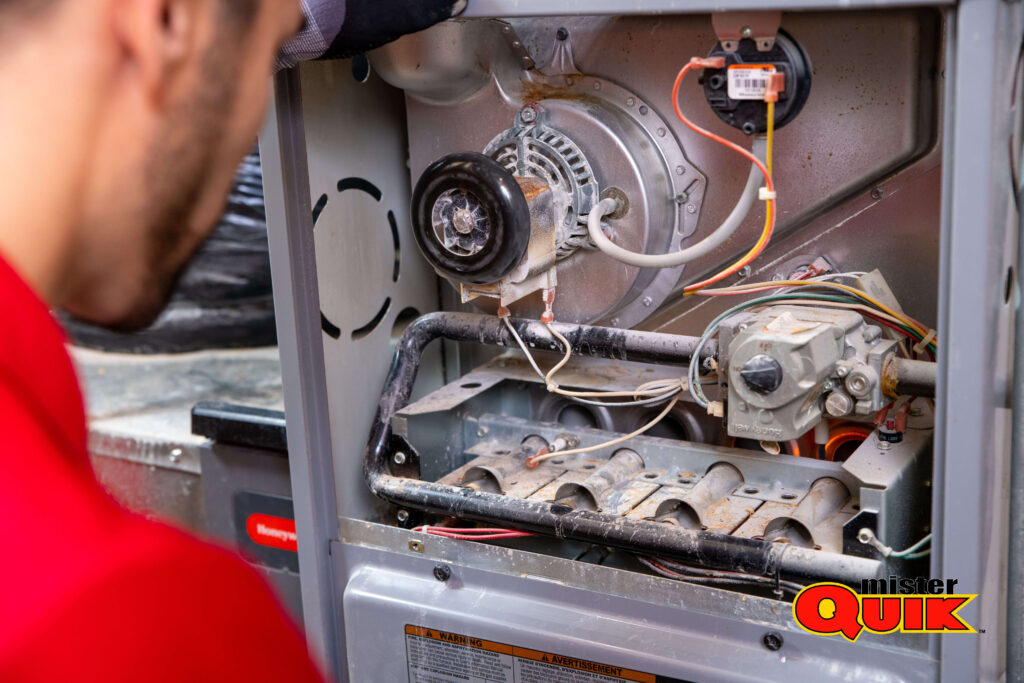



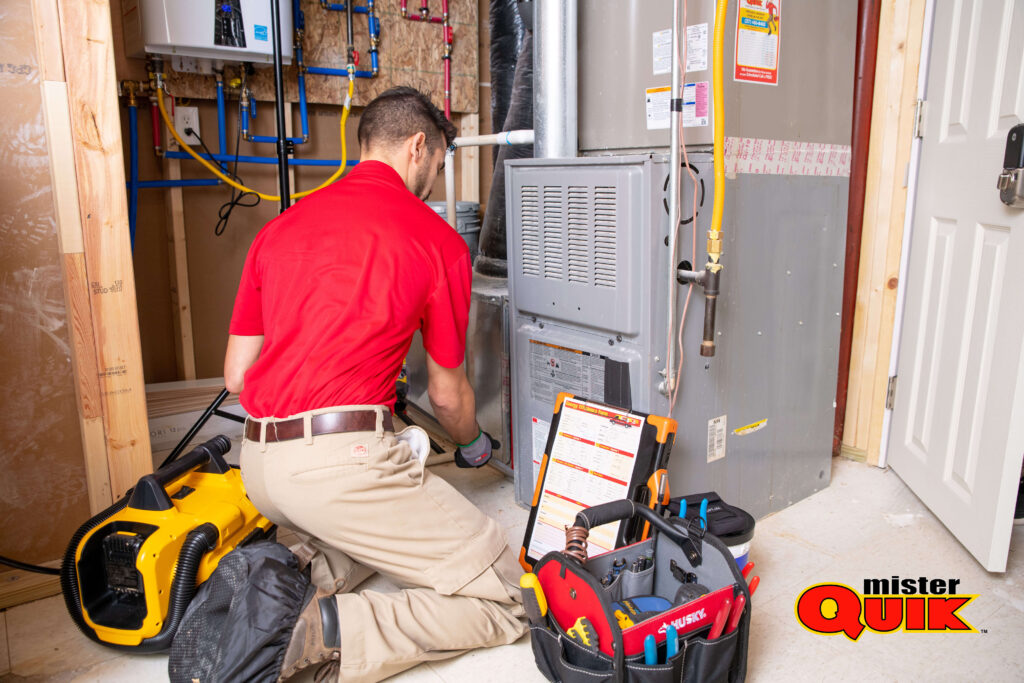


Mini-split Heat Pumps
Mini-split heat pumps are ductless heating and cooling systems ideal for individual rooms or zones within your home. They consist of an outdoor compressor unit and one or more indoor air handling units (fan coils) mounted on walls or ceilings.
Functionality:
- Heating mode: During colder seasons, the heat pump extracts heat from the outdoor air and transfers it indoors, providing warmth.
- Cooling mode: In warmer seasons, the heat pump acts like an air conditioner, reversing the process to extract heat from the indoor air and release it outdoors, resulting in a cooling effect.
Benefits of Mini-split Heat Pumps:
- Zoned comfort: Offer independent temperature control in different areas of your home, improving comfort and potentially reducing energy consumption.
- Energy efficiency: Many models boast high energy efficiency ratings, potentially leading to cost savings on your energy bills.
- Easy installation: Compared to central air conditioning systems, mini-split heat pumps require minimal ductwork or modifications, making installation easier and potentially less disruptive.
Heat Pump System
A heat pump system is a central heating and cooling system that utilizes a single outdoor unit and a network of ducts to distribute conditioned air throughout your home.
Functionality:
- Heating mode: Similar to mini-split heat pumps, the system extracts heat from outdoor air during colder seasons and transfers it indoors through the ductwork, providing warmth.
- Cooling mode: In warmer seasons, the system acts like a central air conditioner, reversing the process to extract heat from the indoor air and release it outdoors, resulting in a cooling effect.
Advantages of Heat Pump Systems:
- Whole-home comfort: Provides consistent heating and cooling for your entire home.
- Energy efficiency: Many models boast high energy efficiency ratings, potentially leading to cost savings on your energy bills.
- No need for separate furnace and AC unit: Offers a combined solution for both heating and cooling needs.
By understanding these descriptions, you can gain valuable insights into the different heating and cooling systems available, allowing you to make informed decisions for your home comfort needs.
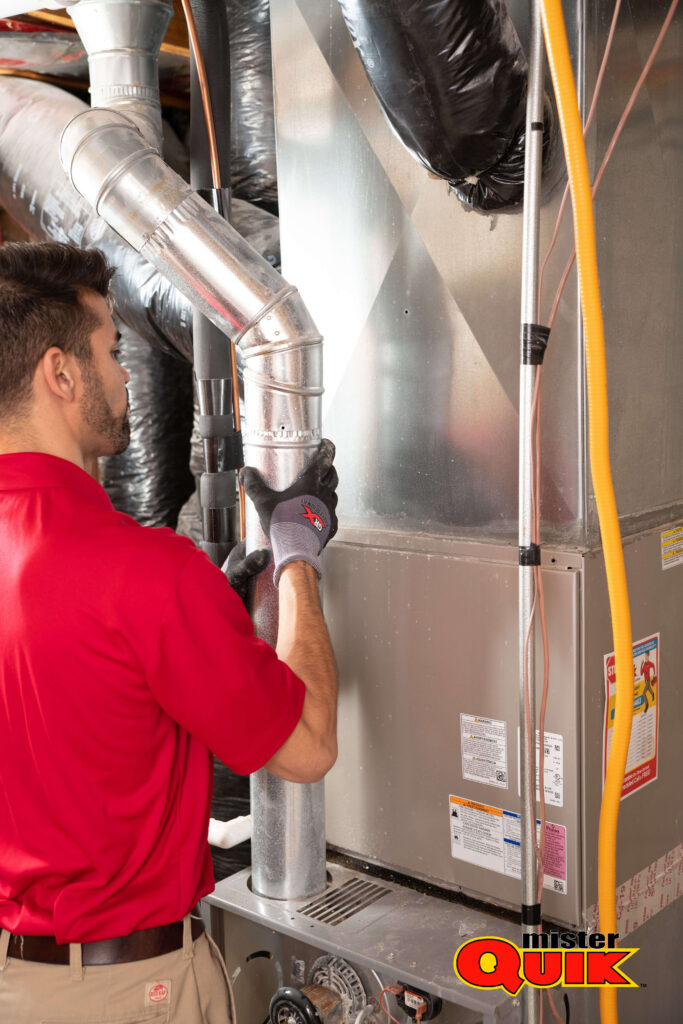


Indianapolis Plumbing
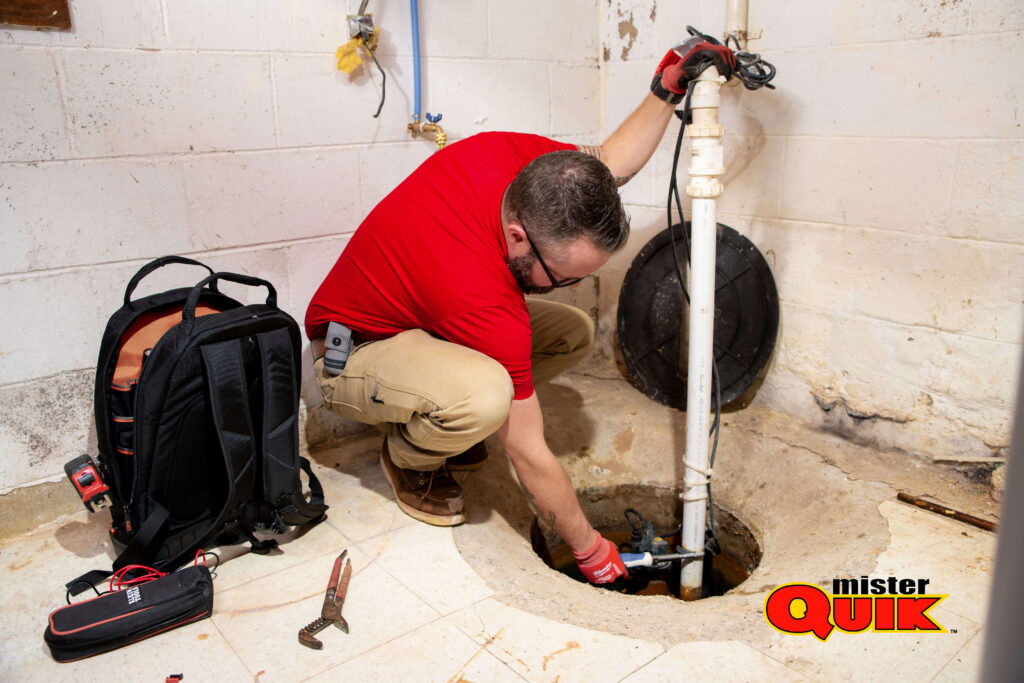


Plumbers near me - Indianapolis Home Services
Common Basic Plumbing Repairs
Some of the most common basic plumbing repairs include:
- Leaking faucets: Leaky faucets are a common problem that can be easily fixed by replacing the washer or O-ring.
- Clogged drains: Clogged drains can be caused by a variety of things, such as hair, soap, and food. They can be cleared with a snake or a chemical drain cleaner.
- Running toilets: Running toilets can waste a lot of water and money. They can be fixed by replacing the flapper valve, the fill valve, or replacing the toilet.
- Water heater problems: Water heater problems can include leaks, no hot water, or not enough hot water. They may be fixed by replacing the heating element, the thermostat, or the entire water heater.
Plumbing Emergencies
Plumbing emergencies can happen anytime, causing stress and potential damage. Here’s what to do in case of a plumbing emergency:
- Shut off the water supply: Locate the main water shut-off valve for your home and turn it off to prevent further water damage.
- Contain the leak: If possible, contain the leak using towels or buckets to minimize water damage.
- Call a qualified plumber: Don’t attempt to fix major plumbing emergencies yourself. Contact a licensed and experienced plumber immediately to assess the situation and address the problem.
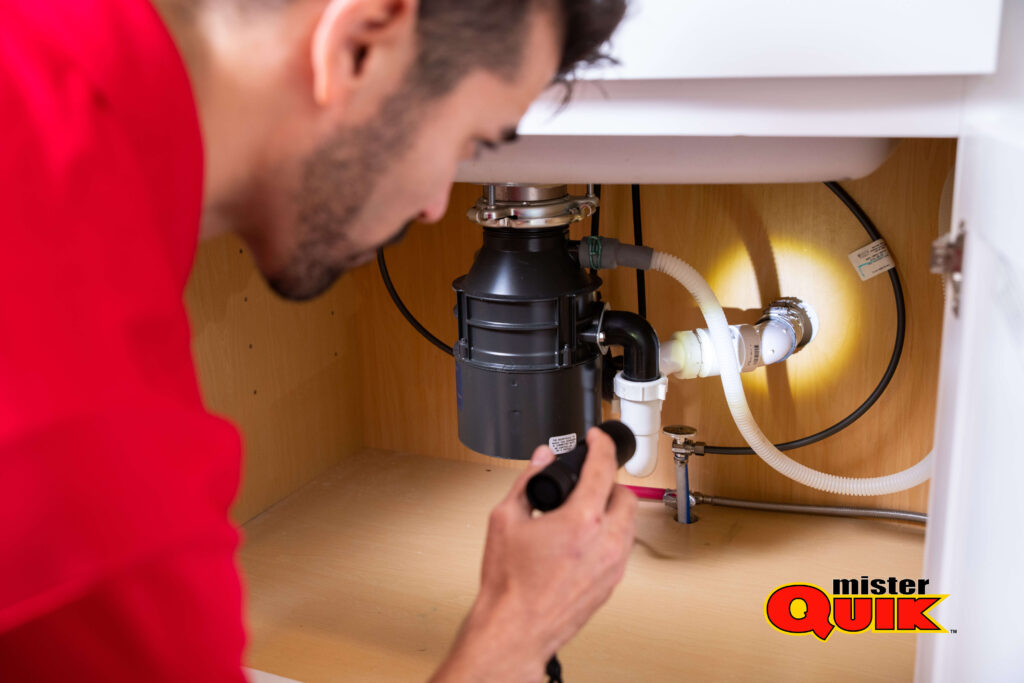


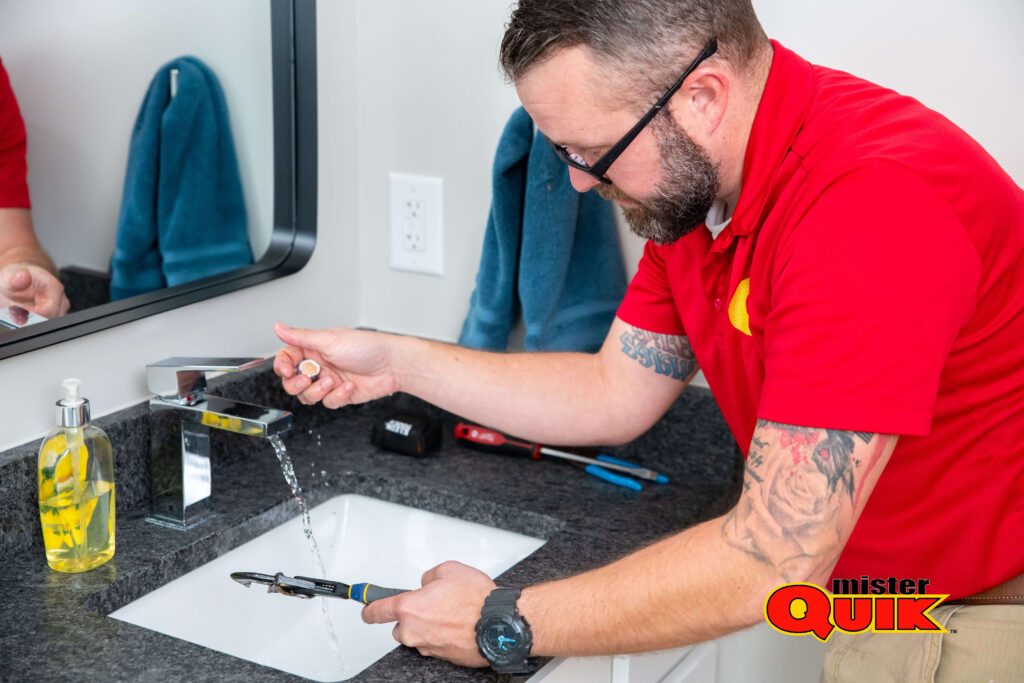

Water Leak Detection
Early detection of water leaks can prevent significant damage and save you money on repairs. Here are some signs of a potential water leak:
- Increased water bills: Unexplained spikes in your water bill might indicate a hidden leak.
- Mold growth: Mold thrives in moist environments, and its presence can be a sign of a leak.
- Water damage: Visible signs of water damage like warped floors, peeling paint, or damp spots on walls or ceilings can indicate a leak.
- Unexplained sounds: Listen for unusual hissing, dripping, or gurgling sounds, which might be coming from your pipes.
If you suspect a water leak, consider using a water leak detector or contacting a professional plumber for assistance in locating and repairing the leak.
Water Heater Installation
Water heaters have a lifespan of around 10-12 years. If your water heater is nearing the end of its lifespan or malfunctioning, you might need a replacement. Here are some factors to consider when choosing a new water heater:
- Fuel type: Choose between gas, electric, or tankless water heaters, considering your budget, energy efficiency needs, and available space.
- Size: Select a water heater with the appropriate capacity to meet your hot water demands.
- Features: Consider features like digital controls, self-diagnostic capabilities, and extended warranties.
Consult with a licensed plumber to discuss your needs and ensure the water heater is properly installed and vented according to safety regulations.
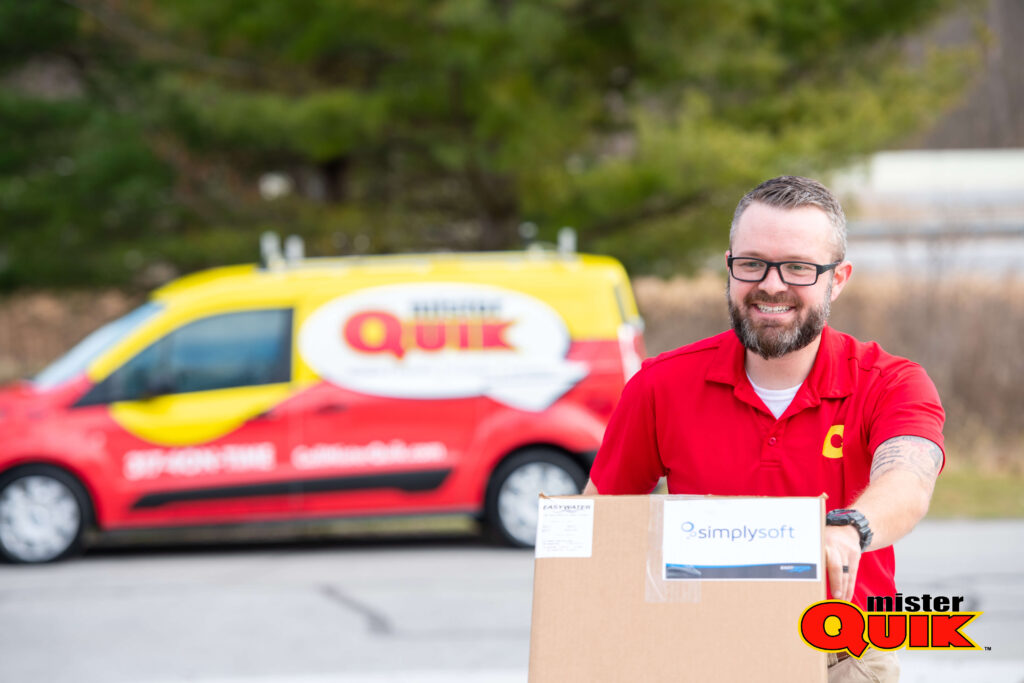

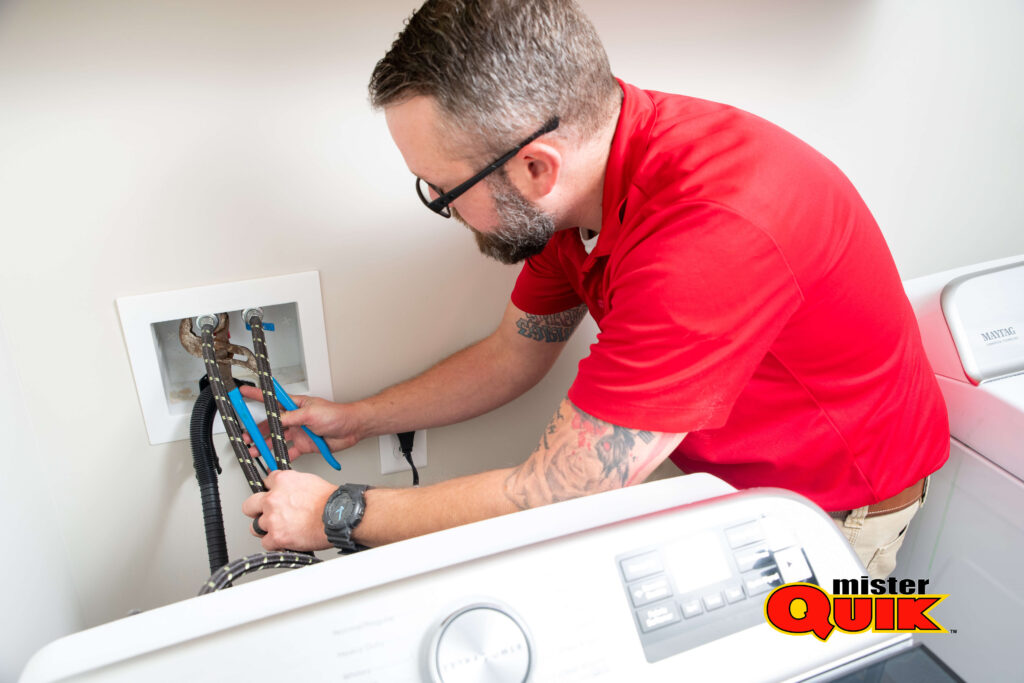

Repipe Specialists
Repiping involves replacing the entire or significant portions of your home’s plumbing system. This might be necessary due to:
- Old and deteriorating pipes: Over time, pipes can develop leaks, cracks, or corrosion, requiring replacement.
- Frequent repairs: If you experience constant plumbing problems or leaks, repiping might be a more cost-effective solution in the long run.
- Upgrading pipe materials: Older homes might have outdated pipe materials like galvanized steel, which can be prone to rust and corrosion. Repiping with more modern materials like copper or PEX can offer improved durability and reliability.
Repiping is a complex process, so it’s crucial to hire a licensed and experienced repipe specialist to ensure the job is done correctly and safely.
Indianapolis Drains & Sewers
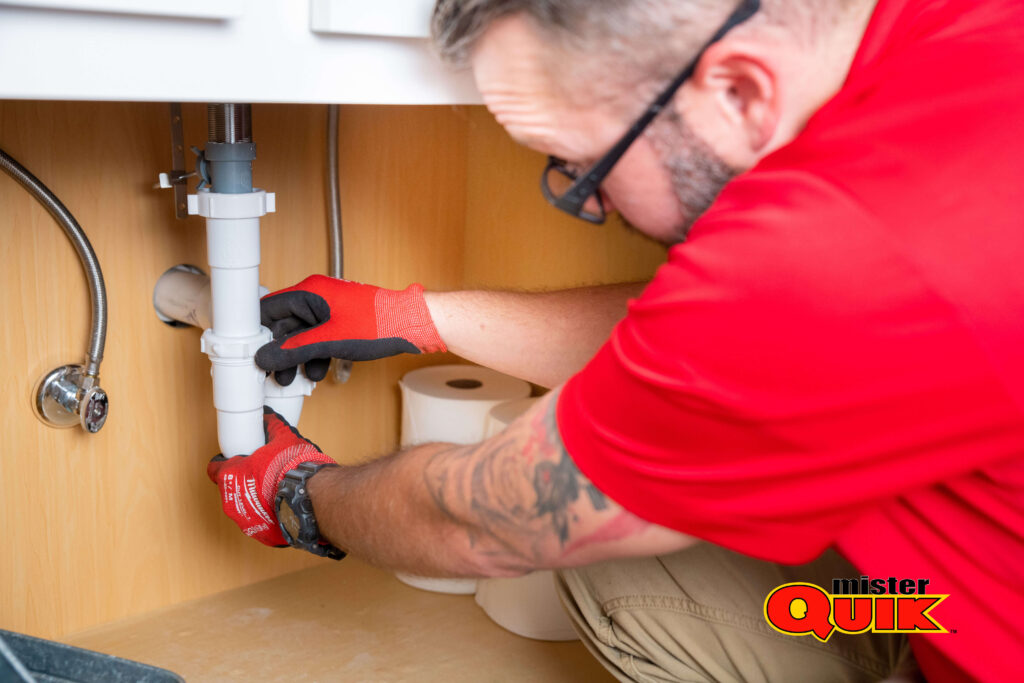

Drain Cleaning
Clogged drains are a common household nuisance, and addressing them promptly can prevent backups and further problems. Here’s what you need to know:
Signs of a Clogged Drain:
- Slow drainage: Water takes longer than usual to drain from sinks, tubs, showers, or toilets.
- Gurgling sounds: Gurgling noises coming from the drain pipes can indicate a blockage.
- Standing water: Water accumulates in sinks, bathtubs, or shower stalls instead of draining properly.
- Foul odors: A persistent unpleasant smell emanating from drains can be a sign of organic matter buildup or sewer gas.
Addressing Clogged Drains:
- DIY Methods:
- Plunger: For sink and bathtub clogs, a plunger can often dislodge the blockage.
- Drain snake: A long, flexible metal cable can be inserted into the drain to reach and remove deeper clogs.
- Baking soda and vinegar: This homemade solution can sometimes help clear minor clogs caused by soap scum or grease.
- Professional Drain Cleaning:
- If DIY methods fail or you’re dealing with a stubborn clog, especially in the main sewer line, call a professional plumber for drain cleaning services. They have specialized tools and expertise to diagnose the problem and clear the blockage effectively.
Sewer Cleanout
A sewer cleanout is an access point located outside your home that allows plumbers to access and clean the main sewer line. This cleanout is crucial for:
- Diagnosing and clearing sewer line clogs: Plumbers can use a drain snake or other tools inserted through the cleanout to reach and remove blockages within the sewer line.
- Maintaining the sewer line: Regular cleanouts can help prevent future clogs by removing accumulated debris and buildup within the pipes.
Locating your sewer cleanout:
- The cleanout is typically located outside your home, often near the foundation, buried underground.
- It might be covered by a small concrete slab or a cleanout cap made of plastic or metal.
- If you have difficulty locating the cleanout, consult your home’s plumbing blueprints or reach out to a plumber for assistance.
Important Note: While some homeowners might attempt to clean their sewer lines themselves through the cleanout, it’s generally recommended to leave this task to a licensed plumber. They have the necessary expertise and equipment to handle the job safely and effectively.
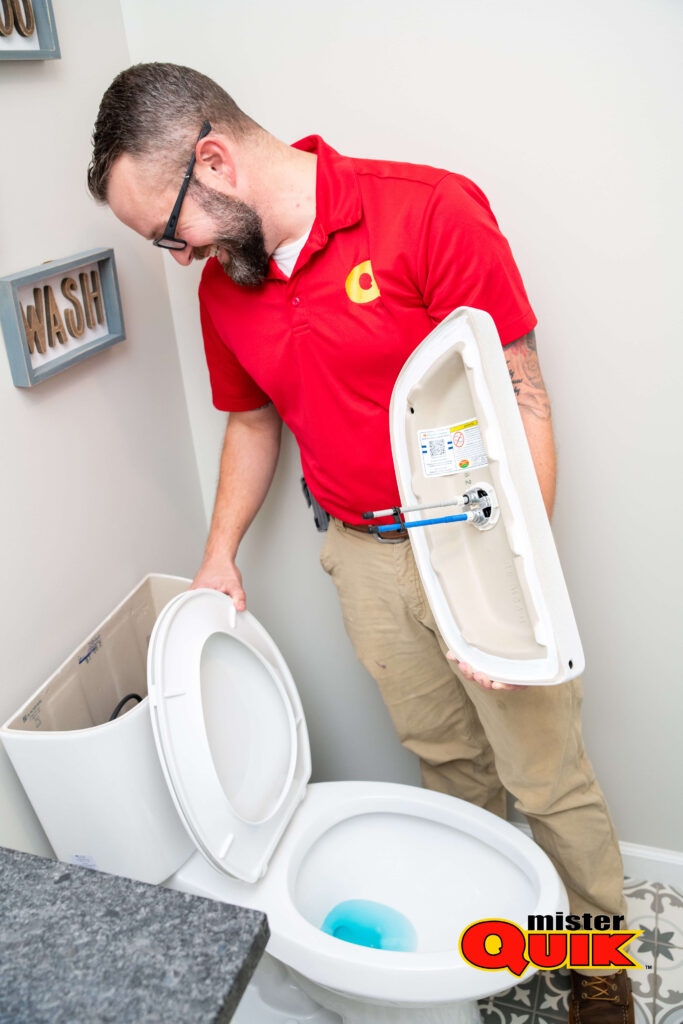

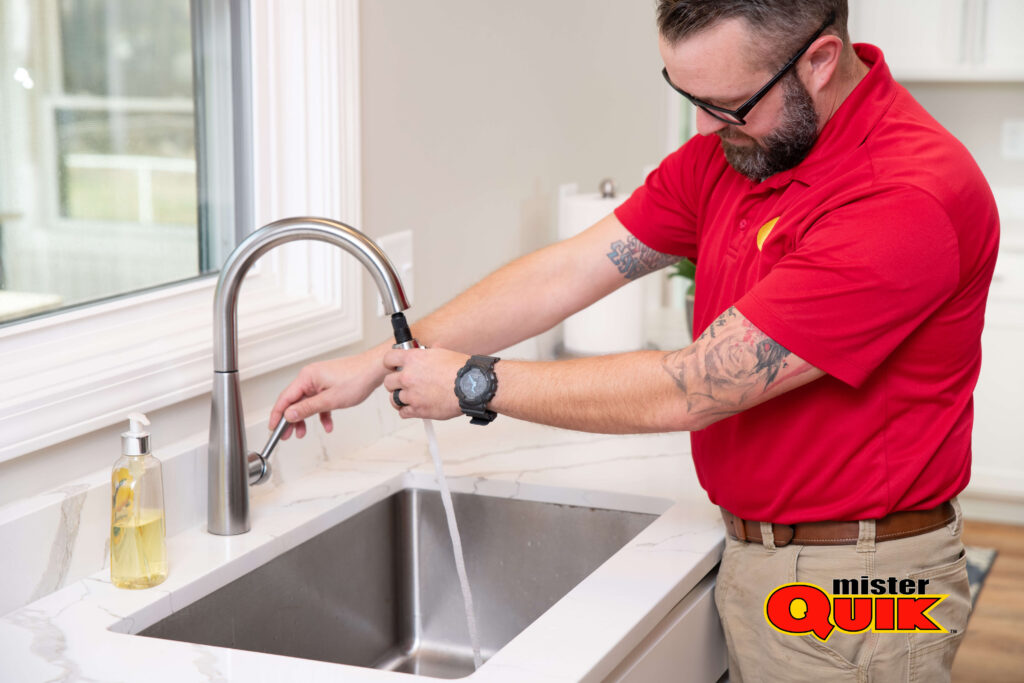

Sewer Line Replacement
A sewer line replacement is a major plumbing project that can be disruptive and expensive. However, it is sometimes necessary to replace a sewer line if it is damaged or old. If you are considering a sewer line replacement, here is what you can expect:
- The Initial Inspection
The first step is to have a plumber inspect your sewer line to assess the damage. The plumber will use a camera to look inside the line and identify any problems. Once the plumber has diagnosed the problem, they will recommend the best course of action.
- The Excavation
If a sewer line replacement is necessary, the next step is to excavate the old line. This can be a disruptive process, as it may require digging up your yard or driveway. The plumber will take precautions to minimize the damage to your property, but some disruption is inevitable.
- The Installation of the New Line
Once the old sewer line has been excavated, the plumber will install the new line. The new line will be made of a durable material, such as PVC. The plumber will also install cleanouts, which are access points that allow for future maintenance.
Pipe Replacement
Pipe replacement in your home can be a major undertaking, but it’s essential to ensure your plumbing system is functioning properly and efficiently. Here’s what you need to know about the process:
Identifying the Need for Pipe Replacement:
- Signs of pipe deterioration, such as leaks, rust, or discolored water, indicate the need for replacement.
- Old or outdated pipes made of galvanized steel or lead may need to be replaced for health and safety reasons.
- Installing the New Pipes:
- The plumber will measure and cut the new pipes to the appropriate length.
- They will connect the new pipes to the existing plumbing system using fittings, ensuring a secure and leak-proof seal.
- Once the new pipes are in place, they will test the system for leaks and make any necessary adjustments.
- Choosing the Right Pipes:
- Copper pipes are durable and long-lasting but can be more expensive.
- PEX (cross-linked polyethylene) pipes are flexible and corrosion-resistant, making them suitable for various applications.
- CPVC (chlorinated polyvinyl chloride) pipes are lightweight, easy to install, and resistant to corrosion.






Drainage Pipe
As mentioned earlier, drainage pipes are crucial components of your home’s plumbing system, responsible for conveying wastewater away from fixtures like sinks, toilets, and showers to the main sewer line or a septic tank. They are typically buried underground and made from various materials:
- PVC (Polyvinyl Chloride): The most common choice due to its affordability, ease of installation, and good resistance to corrosion.
- Cast iron: Traditionally used but less common due to its weight, susceptibility to rust, and higher cost.
- Concrete: Highly durable but expensive, labor-intensive to install, and rarely used for new construction or repairs.
Indianapolis Indoor Air Quality







Air Quality Testing
Air quality testing involves measuring the levels of various pollutants present in the air within your home or building. These pollutants can come from various sources, including:
- Outdoor sources: Pollen, dust, smoke, and other airborne particles from outside can enter your home through windows, doors, and ventilation systems.
- Indoor sources: Cooking, cleaning products, pet dander, mold, and off-gassing from furniture and building materials can contribute to indoor air pollution.
Benefits of Air Quality Testing:
- Identify potential health risks: High levels of certain pollutants can trigger respiratory problems, allergies, and other health concerns. Testing helps identify potential issues and allows you to take necessary steps to improve your indoor air quality.
- Evaluate the effectiveness of air purification measures: Testing can be conducted before and after implementing air quality improvement strategies, like using air purifiers or addressing mold problems, to gauge their effectiveness.
- Peace of mind: Knowing the air quality in your home is safe can provide peace of mind and improve your overall well-being.
Types of Air Quality Tests:
- Basic screening tests: These tests provide a general overview of common pollutants like dust, mold spores, and volatile organic compounds (VOCs).
- Comprehensive tests: These tests offer a more detailed analysis of a wider range of pollutants, including specific allergens, chemicals, and even radon gas.
After testing, a qualified professional can interpret the results and recommend actions to improve your indoor air quality, such as:
- Implementing air purification strategies.
- Addressing sources of indoor air pollution.
- Improving ventilation in your home.
Air Purifiers
Air purifiers are devices designed to remove pollutants from the air circulating within your home. They work by drawing in air, filtering out contaminants, and releasing cleaner air back into the environment.
Types of Air Purifiers:
- HEPA (High-Efficiency Particulate Air) filters: These filters are highly effective at capturing microscopic particles like dust, pollen, smoke, and some bacteria.
- Carbon filters: These filters absorb gaseous pollutants like VOCs, odors, and smoke.
- Air ionizers: These devices emit charged particles that attract and trap airborne pollutants on surfaces.
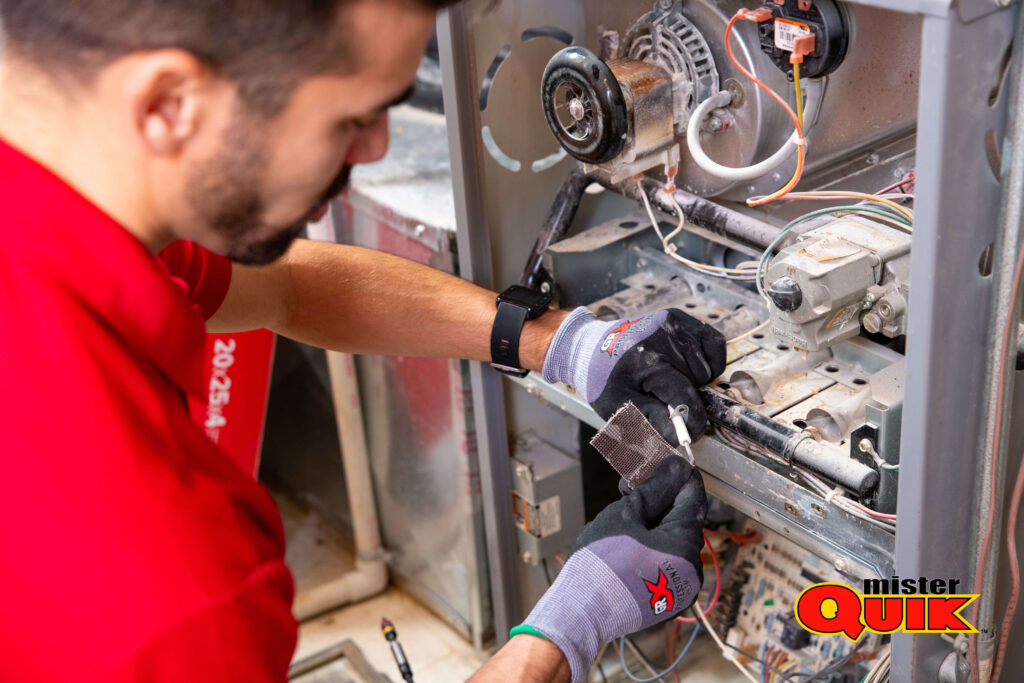




Humidifier
A humidifier adds moisture to the air, helping to improve indoor air quality and alleviate various health concerns. Dry air can irritate respiratory passages, exacerbate allergies, and dry out skin.
Benefits of Humidifiers:
- Improves respiratory health: Adding moisture to the air can help soothe dry coughs, congestion, and even nosebleeds.
- Alleviates allergy and asthma symptoms: Humidified air can help ease allergy and asthma symptoms by loosening mucus and reducing the irritation of dry air on airways.
- Improves comfort: A comfortable level of humidity can make your home feel warmer in the winter and cooler in the summer.
Over-humidification can lead to mold growth, so it’s crucial to use a humidifier properly and monitor the humidity level in your home.
Dehumidifier
Content: A dehumidifier removes excess moisture from the air, helping to control humidity levels and prevent various problems associated with high humidity. Excessive humidity can lead to:
- Mold and mildew growth: Moist environments provide ideal conditions for mold and mildew growth, which can pose health risks and damage your home.
- Dust mite proliferation: Dust mites thrive in humid environments, and controlling humidity levels can help reduce their population, potentially alleviating allergy symptoms.



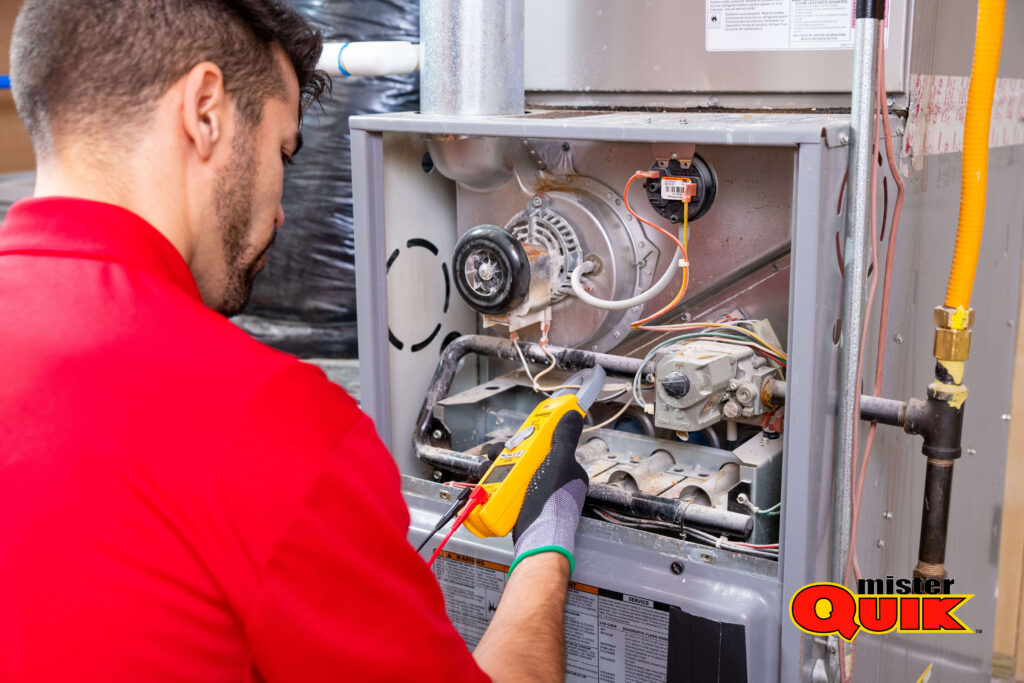





Air Duct Cleaning
Air duct cleaning involves the professional removal of dust, debris, and other contaminants that accumulate within the ductwork of your central heating and cooling system. These contaminants can originate from various sources, including:
- Outdoor sources: Pollen, dust, and other airborne particles can enter the ductwork through vents and cracks.
- Indoor sources: Dust, pet dander, hair, and skin flakes can shed and circulate through the system.
- Construction debris: During renovations or construction, debris can enter the ductwork through open vents.
Potential Benefits of Air Duct Cleaning:
- Improved indoor air quality: By removing dust and allergens from the ductwork, air duct cleaning might contribute to a healthier and more comfortable home environment, potentially alleviating allergy and asthma symptoms for some individuals.
- Increased system efficiency: Clean ducts allow for better airflow, potentially leading to improved system performance and energy savings.
- Reduced risk of mold growth: Removing dust and debris can help create a less favorable environment for mold growth within the ductwork.
The U.S. Environmental Protection Agency (EPA) states that:
- Duct cleaning may be necessary in specific circumstances, such as after significant renovations or if there is visible mold growth within the ductwork.
Before considering air duct cleaning, consider:
- The age and condition of your ductwork: Older or damaged ducts might benefit more from cleaning than newer, well-maintained systems.
- Visible signs of mold growth or excessive dust accumulation: If you observe visible mold or suspect significant dust buildup, consult with an HVAC professional to assess the situation and determine if cleaning is necessary.
- Cost-effectiveness: Air duct cleaning can be expensive. Weigh the potential benefits against the costs involved.
Indianapolis Electrical
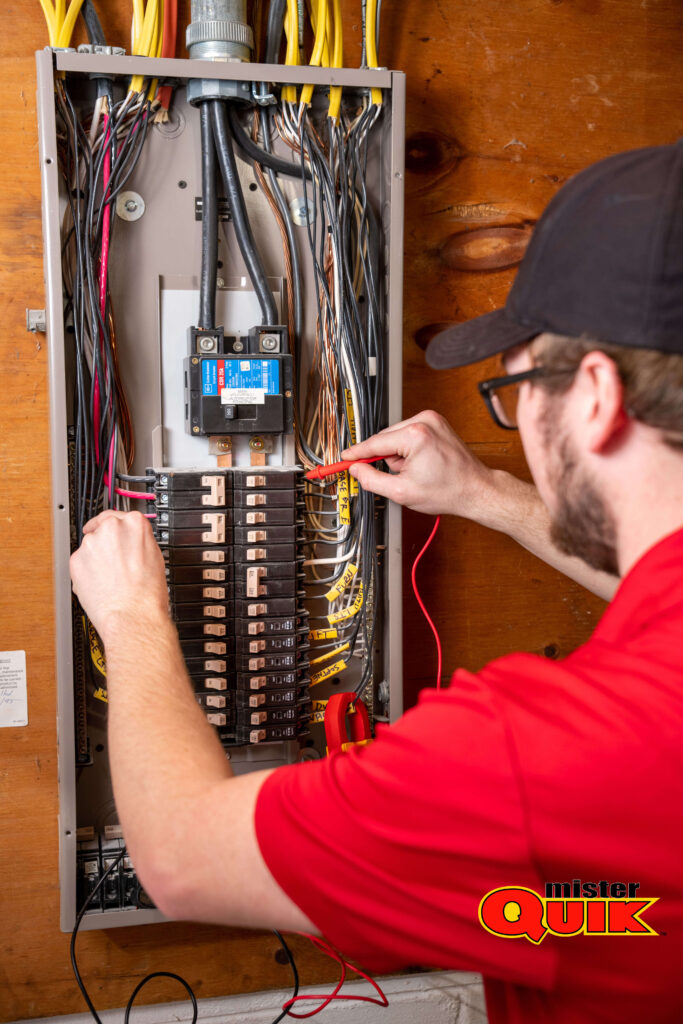

Electrician Near Me
When you hire an electrician at Mister Quik, you can expect a professional and reliable service. Our experienced electricians will arrive on time, assess your electrical needs, and provide you with the best possible solutions. We use the latest tools and technology to ensure that your electrical work is done safely and efficiently. Whether you need a simple repair or a complete electrical installation, we are here to help. We pride ourselves on our customer service, and we are always willing to go the extra mile to make sure you are satisfied with our work.
Residential Electrical Services
Electricians provide a wide range of services for homes, from basic repairs to complex installations. Here are some common residential electrical services:
- Troubleshooting and repairs: Addressing electrical issues like flickering lights, faulty outlets, and tripped circuits.
- Panel upgrades: Upgrading your electrical panel to meet the increased capacity demands of modern appliances and electronics.
- Lighting installations: Installing new light fixtures, ceiling fans, or dimmers to enhance your home’s functionality and aesthetics.
- Outlet installations: Adding new outlets for additional appliances or convenience.
- Wiring upgrades: Upgrading outdated wiring to ensure safety and meet current electrical codes.
- Safety inspections: Identifying potential electrical hazards and ensuring your home’s electrical system is up to code.
It’s crucial to hire a qualified electrician for any electrical work to ensure safety and avoid potential damage or injuries.
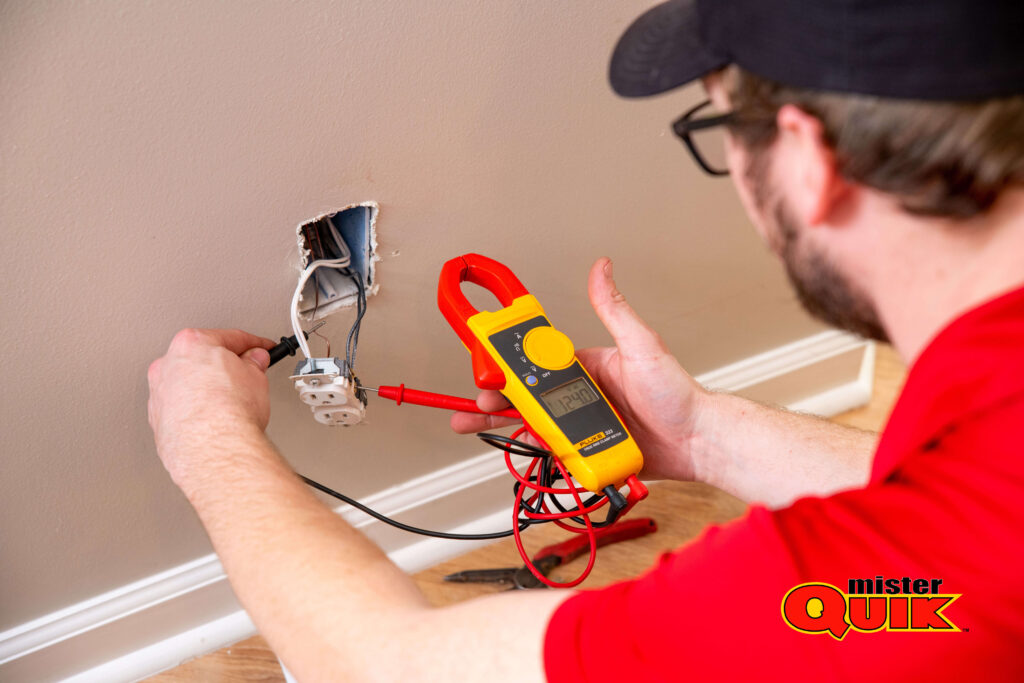

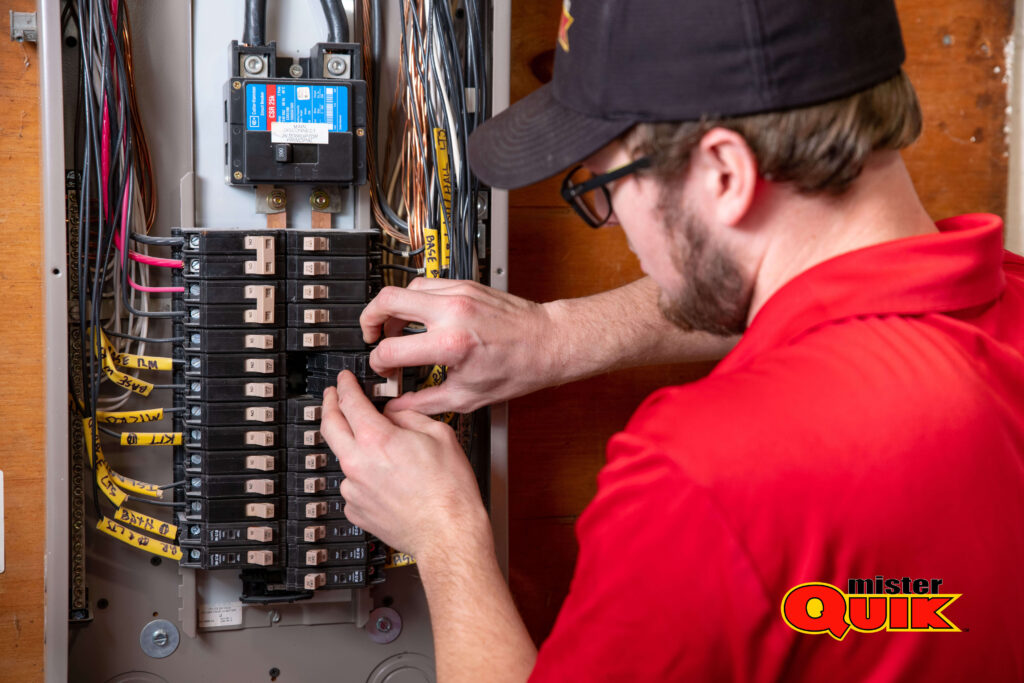

Electrical Installation
Electrical installation is a complex process involving various components and tasks, encompassing the design, installation, and testing of electrical systems in buildings. It’s crucial to remember that electrical work can be dangerous if not done correctly, so always hire a qualified and licensed electrician to ensure safety and compliance with local codes.
Installation:
- Rough-in: This stage involves installing conduit (protective tubes), electrical boxes, and wires according to the approved wiring diagram. This work typically requires cutting into walls and ceilings, and the electrician will ensure proper placement and concealment of these components.
- Wire pulling: This involves pulling the necessary wires through the installed conduits, connecting them to outlets, switches, and fixtures. Electricians use specific tools and techniques to ensure safe and secure wiring connections.
- Device installation: This stage involves installing outlet receptacles, switches, light fixtures, and other electrical devices in their designated locations.
Electrical wirings
Types of wiring: Different types of electrical wiring are used for various purposes, such as Romex cable for general power circuits and UF cable for outdoor use.
Wiring layout and planning: Planning the wiring layout according to the electrical needs of your space, considering factors like appliance locations and switch placements.
Safe and code-compliant installation: Electricians ensure the wiring adheres to all local electrical codes and safety regulations.
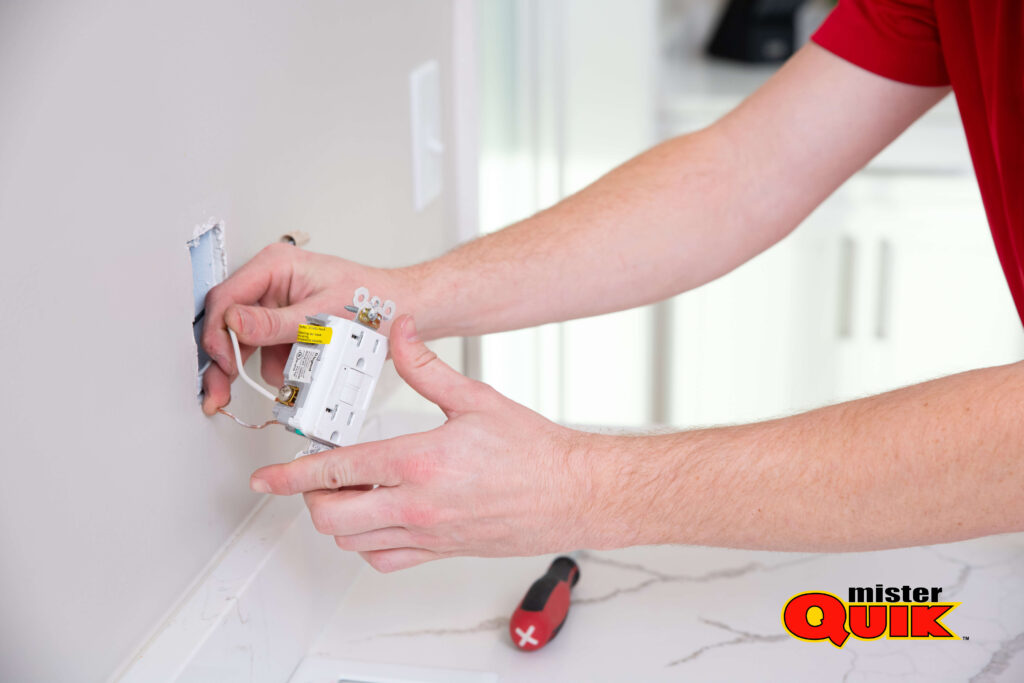

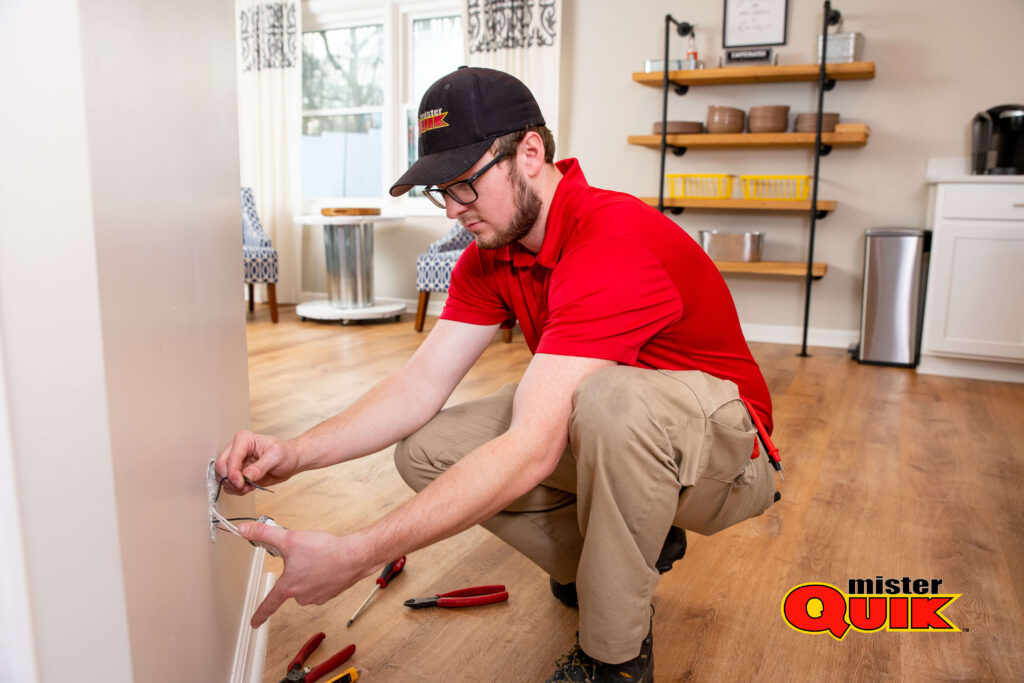

Fuses
Circuit breakers: Modern homes typically use circuit breakers, which can be reset after tripping due to an overload.
Panel upgrades: In some cases, electrical installations might involve upgrading the electrical panel to accommodate increased capacity needs or replacing outdated fuse boxes with circuit breakers.
Important Note: Electrical work can be dangerous if not done correctly. Always leave electrical installations and repairs to qualified and licensed electricians to ensure safety and compliance with local codes.
Air Handler
4.8 7,000+ reviews We’re in your neighborhood Indianapolis Call now! we’re here 24/7 Westfield Air Handler Schedule on your own without making a call. Click
Burrrr-st the Myth: Keep Your Pipes Flowing Through Winter’s Grip
Old Man Winter is back, and his icy touch extends beyond frost on windows and frosty mornings. One hidden danger lurks beneath the surface –
Conquer the Cold Snap: Why a Furnace Tune-Up is Your Winter Weapon
Old Man Winter is knocking, and his icy grip can bring more than just frost on your windows. It can send your energy bills skyrocketing
Safeguard Your Electrical System: 1 Must-Check this January!
As winter descends upon us, with temperatures dropping and snowflakes dancing in the crisp air, our homes transform into cozy sanctuaries against the cold. It’s
